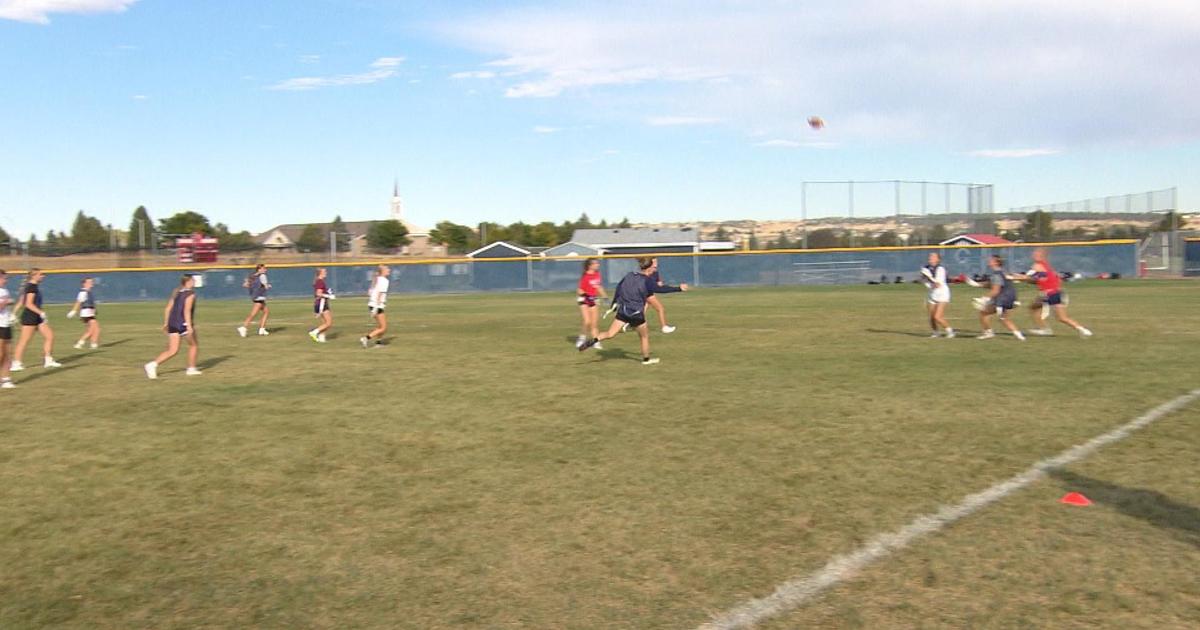Dry Winter Leads To Rise In Bear Encounters
DURANGO, Colo. (CBS4) - Inside a steel trap on Susan Duzik's driveway was a killer -- a 250 pound male black bear.
"It's kind of a horrifying experience" Duzik said.
A night before its capture a bear broke into the trailer Duzik's goats sleep in. It had come back for seconds. Wildlife managers say the bear, having already killed livestock, would never stop. The bear couldn't be relocated and had to be put down.
"In this area we do have a good population of bears" said Ardian Archuleta, a game manager for Colorado Parks and Wildlife.
Colorado is coming out of one of its driest winters ever. That's sending desperate bears into backyards and homes looking for food.
"Right now the bears are eating a lot of grasses, a lot of herbs that are coming up, so this is kind of a lean time," Heather Johnson said.
Johnson is a researcher for Colorado Parks and Wildlife. She spearheads an ambitious study to understand bear behavior in the San Juan Mountains. In the field bears can be hard to find. They have keen senses of smell and scare easy. But in her office Johnson is finding bears every hour.
VIDEO: Watch Stan Bush's complete report from Sunday night.
Tagged bears send Johnson hundreds of emails a day through satellite collars. Parks and Wildlife is tracking 25 bruins near Durango. That's brought researchers closer to bears than ever before, taking them right into the dens of sleeping bears.
"They're smart. They're curious. They have long memories" Johnson said.
 Researchers hope the close encounters will tell them how bears live, how they die, and how the next generation of bears will survive.
Researchers hope the close encounters will tell them how bears live, how they die, and how the next generation of bears will survive.
"What we've learned so far is that a lot of bears seem to be using human food," Johnson said.
That's cause for concern right now. At least a dozen bears are living within the city limits of Durango. The bears tend to be shy, but little food could embolden them, forcing them out of forests and into neighborhoods more often.
"We have a bear in our sample who is 23 years old who spent the entire summer within three blocks of main street," Johhson said.
It's a collision course. In mountain towns bears zig-zag across town daily. Main roads are now unavoidable bear habitat. Food is easy to come by and so is trouble.
"Bears are seeking out food. They're trying to seek out food sources and that's where they have the biggest problems with people," Johnson said.
When that happens, it's the bears that lose.
Wildlife managers brace for an increasingly dangerous summer for the bears. More than 400 bears died last year. That number could grow.
- Written by Stan Bush, CBSDenver.com



